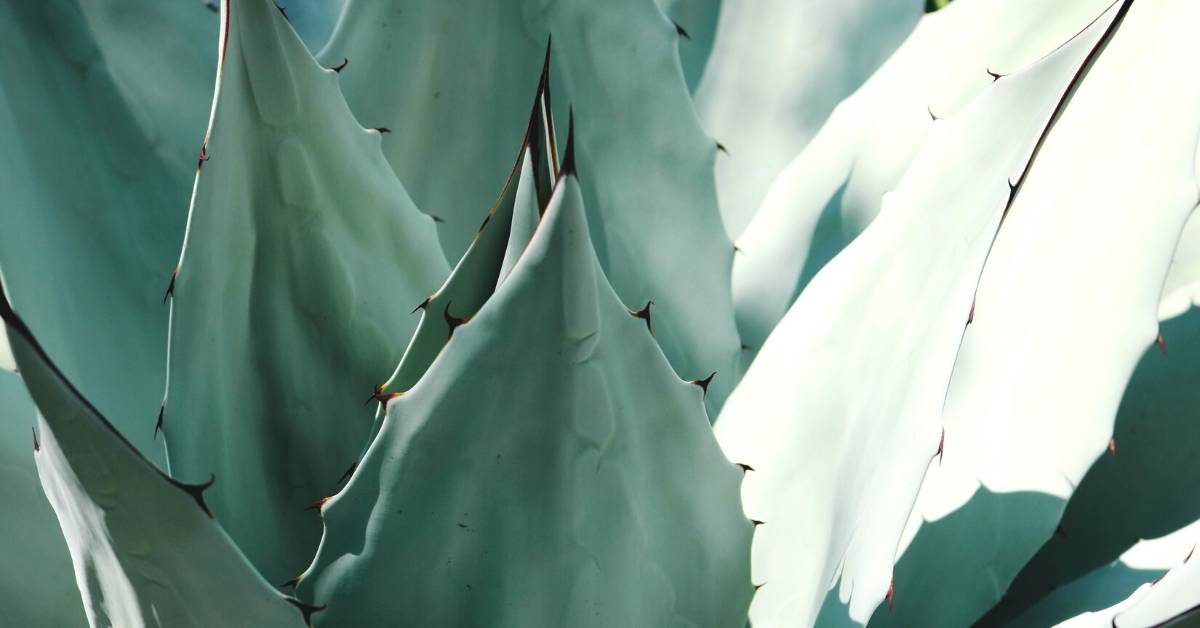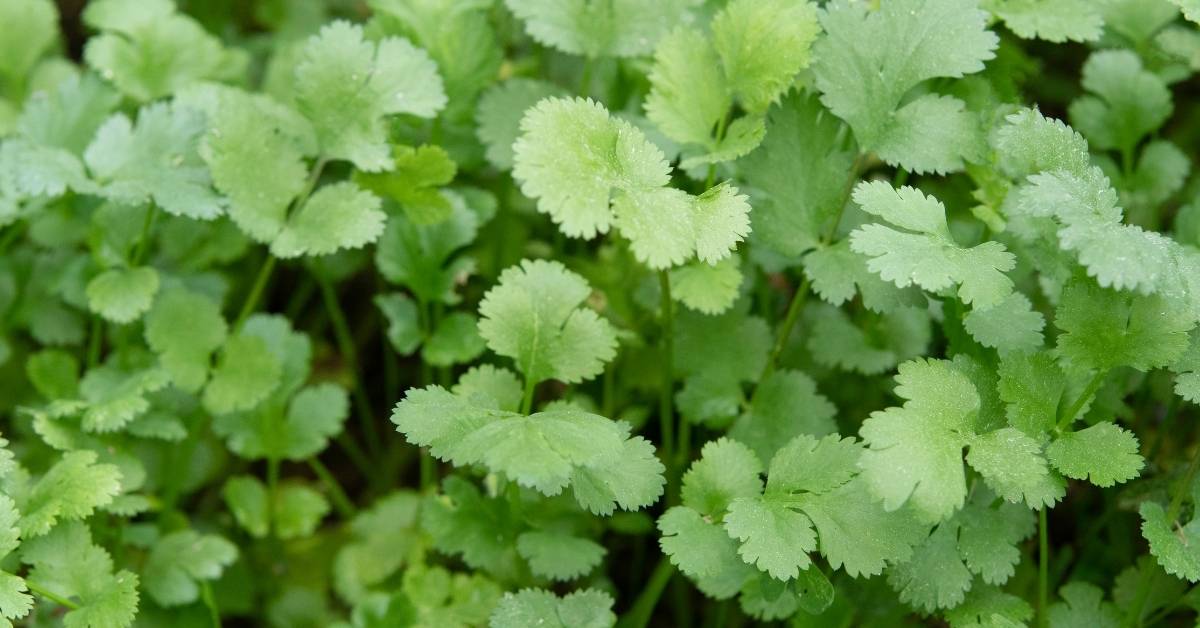Growing plants indoors offers numerous advantages to the gardener. Growing the plants in a controlled environment can substantially reduce the risk of pests, disease, and climate-induced issues.
When determining the ideal succulents, vegetables, or herbs to grow indoors, it’s essential to consider the varying growth habits, lighting requirements, and irrigation needs to discern better which plants can thrive in an indoor setting.
The Best Plants to Grow Indoors
You don’t even need to be a plant expert to be able to showcase some stunning flora in your area. This is something you should know before you start to become frightened about the prospect. There are hundreds of alternatives available to you when you shop for house plants online. These possibilities may help you select the house plants that are most suitable for your lifestyle and the environment in which you live.
Here are the best plants to grow indoors:
Shrubs and Ornamentals
Potted house plants, such as shrubs and ornamentals, provide homeowners with pleasant décor, alluring aromas, and a fun hobby throughout the year. There are a variety of plants that grow vibrantly within the confines of a home, particularly rainforest-dwelling plants, which only need low, indirect lighting to grow.
1. Agave:
Agave is a desert plant that requires minimal watering and thrives in warm conditions. These factors make it an ideal houseplant because it can flourish with minimal intervention. Agave requires an average temperature of 75 degrees or greater, and it prefers ample lighting, making it ideal for windowsills or enclosed porches.
Agave can be successfully grown year-round. In the warm summer months, consider setting it outside to provide it with maximum sunlight and warmth. In the wintertime, plant growth becomes inactive, rendering it more susceptible to rotting and mold because it doesn’t use as much water.
As such, keep the soil damp but not wet and allow it to dry out before adding more water entirely. The plants only require an average temperature of 55 degrees during winter, so relocating them to a cooler location is preferable. The overall performance of Agave makes it one of the best plants to grow indoors.
2. Chinese evergreen:
The Chinese evergreen is the ideal houseplant for novices or people seeking a low-maintenance houseplant. It is known for tolerating and adapting to varying light, temperature, and irrigation conditions.
However, it desires low to medium indirect lighting and temperatures of around 70 degrees to truly prosper. Watering requirements are moderate, with once every 3 days or as the plant begins to droop noticeably.
3. Dracaena:
The dracaena plant incorporates a variety of species, some of which can span up to 6 feet in height. Be sure to pick a place in your home with lots of space so that the dracaena can grow to its full potential. It requires light watering and low, indirect light.
Due to its light watering needs, be sure to plant it in a pot with sufficient drainage. Allow the top 2 inches of soil to dry before adding more water fully.
4. English Ivy:
English ivy is a beautiful plant that has grown to become one of the most popular indoor houseplants. They thrive in moist, humid conditions, so be sure to water them regularly and mist them in the summer. They prefer opulent lighting from an indirect source, and too much direct sunlight can actually harm the plant.
English ivy requires ample nutrients, so consider adding a nutrient-rich fertilizer every few months, such as fish emulsion. Because they are a trailing plant, they benefit from being trimmed occasionally.
5. Philodendron:
Philodendron is one of the most popular houseplants due to being both attractive and incredibly low maintenance. In fact, it’s one of the easiest plants you can grow, making it ideal for novices and seasoned botanists alike. Stemming from rainforests, they prefer medium to low lighting, and direct sunlight will actually burn the leaves.
They thrive between temperatures of 70 and 80 degrees, though they can survive as low as 60 degrees. Due to its low water requirements, you should allow the soil to dry out before watering it fully. You can tell the plant is being overwatered if the leaves begin to turn yellow.
If the leaves dry out, it’s not receiving enough water. According to Sunset Garden Magazine, well-draining soil is essential to the health of philodendron and can minimize the risk of drowning the plant. To meet this requirement, use loamy soil with high drainage and lots of organic matter.
Vegetables and Herbs
For those seeking to reduce their grocery bills but lack yard space to plant a garden, growing vegetables and herbs indoors provides an easy and sustainable method of nourishing your palate throughout the year. Though many vegetables can be difficult to grow indoors due to their large size and fickle growing conditions, the majority of herbs thrive in an indoor environment.
In fact, according to Cornell horticulturists Dr. J. Robert Nuss and Dr. P.A. Ferretti, herbs can grow just as successfully in an indoor environment as outdoors, provided their preferred conditions are properly mimicked.
6. Basil:
Basil is one of the best plants to grow indoors because it flourishes in warm, controlled conditions. It requires plentiful sunlight and warmth to grow, so consider setting it on a windowsill where it will receive lots of natural lighting. Basil will need to be watered regularly, so be sure to create sufficient drainage to prevent rotting and mold.
7. Cherry Peppers:
While many peppers can thrive in an indoor environment, cherry peppers are one of the easiest to grow as they require little maintenance comparatively. They prefer consistent soil temperatures of between 50 and 60 degrees, so place them on a sunny window sill. Water enough to keep the soil moist, but be careful not to overwater.
8. Cilantro:
When growing cilantro indoors, it’s best to grow from seed because cilantro is known for taking poorly to transplants. Place the potted plants on the window sill. Consider planting in a terracotta pot as these enable more air and moisture to pass through the soil.
Cilantro is prone to root rot, so ample drainage is critical. The soil mixture should be a combination of sand and potting soil to enable maximum filtration.
9. Green Onions:
Green onions can be easily grown indoors and with minimal space. They only need about six inches to spread their roots fully. To be healthy, they will require about six to seven hours of excellent lighting per day, so find a sunny spot in your home to keep them. The soil should remain consistently moist but not wet.
10. Radishes:
Radishes do well in indoor container gardens because they don’t need much space to spread their roots. With about six inches of soil and some generous lighting, the radishes will grow healthy and strong. Radishes need a liberal nutrient supply, so consider using soilless compost in place of standard potting soil.
Cover the base of the containers with pebbles to help slow drainage. Keep the soil continually damp throughout its growth cycle.
FAQ – Indoor Plants
Which plant gives oxygen 24 hours?
Aloe Vera. Aloe Vera is always at the top of any list of beneficial plants, regardless of the context in which the list is compiled. Aloe Vera, which is one of the plants that NASA has identified as contributing to an improvement in the quality of the air, produces oxygen at night and helps people live longer.
Which plant can grow without sunlight?
The pothos, which is often referred to as devil’s ivy, is a very hardy houseplant that thrives in low-light environments. Pothos is a kind of plant that can grow without direct sunlight and also has the ability to remove carbon monoxide from the air.
How many plants do you need to purify a room?
In order to begin making a discernible impact in the battle against indoor air pollution, the researchers calculated that you would need between 100 and 1,000 plants for every 10 square feet of space in your home. If you have a house that is around one thousand square feet in size, you will need anything from ten thousand to one hundred thousand plants. As these numbers are impractical to achieve, having a plant number of as many as possible will still help.
Should I have plants in every room?
Yes, it’s a good idea. The perfect houseplant may enhance the air quality in your home while also adding beauty and serenity to a room. However, this is only the beginning of the benefits that houseplants can provide. There is a multitude of other beneficial reasons to maintain some kind of greenery in each space. There is a wide range of advantages to keeping houseplants, including the enhancement of productivity and the flavoring of future meals.
Is it OK to sleep with plants in your bedroom?
It is not a terrible idea to sleep with plants in your room since their carbon emissions are lower and there is no danger associated with doing so. It’s a common misunderstanding that breathing in carbon dioxide at night from the respiration of plants can make you suffocate while you sleep. Both day and night, plants continue their process of respiration.
Can you grow indoor plants with LED lights?
When compared to growing plants at home with fluorescent lights or incandescent lights, growing plants with LED lights is the most efficient, effective, and customer-friendly method to do it. LED lights provide low heat output, low energy consumption, and color that is optimal for growth.
Do indoor plants attract bugs?
It’s true that pests will be drawn to indoor plants. They are often drawn to indoor growing environments that have high humidity or a lack of air movement, both of which tend to be favorable for the growth of plants. Aphids, spider mites, mealybugs, scale, thrips, and whitefly are the most frequent types of pests. Other common pests include fungus gnats and fungus gnats.
Can you have too many houseplants?
It’s not about having too many plants. When you can no longer access important areas of your home and are unable to adequately care for them, you have reached the point where there are too many of them. The quantity of plants itself is seldom the issue; rather, the expense of upkeep and the amount of time needed to care for your plants are likely to become problematic at some point.
Are succulents good for the bedroom?
Succulents, along with a select few more plant species such as orchids and areca palms, continue to produce oxygen throughout the night. Maintaining these plants in the bedroom will provide you with an additional boost of clean air as you sleep, which will eventually result in a more restful night’s sleep.












